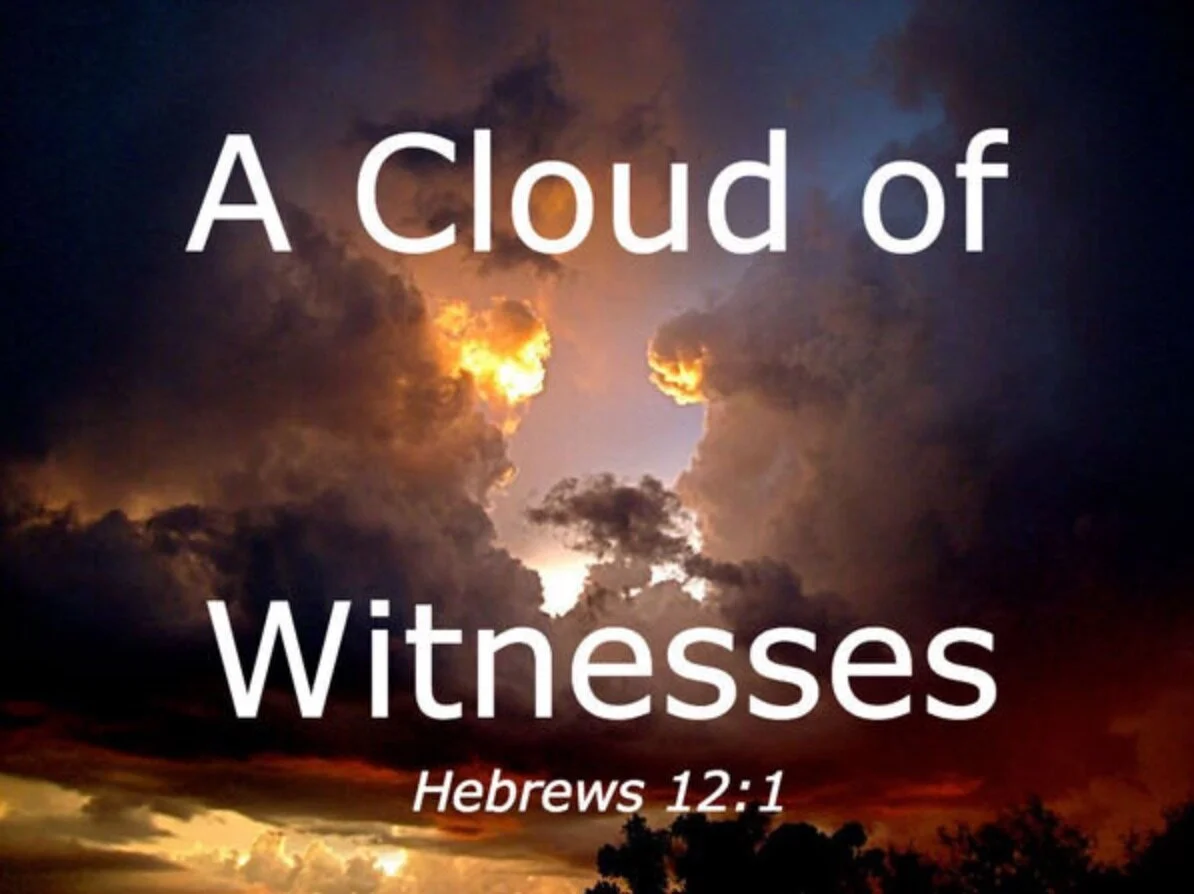Annual Meeting 2013: Nov. 8-9
St. Mark’s Episcopal Church, Huntersville
What better theme than “A Cloud of Witnesses” to inspire our continuing celebration of church women in North Carolina? What better place than the Charlotte Convocation to honor the rich and lasting legacy of Episcopal Church Women’s work in North Carolina? What better keynote than our first female bishop to inspire us as witnesses today where love can make a difference?
As has been our custom since the 2007 ECW Annual Meeting, our history focus this year will again be on the women and churches in the convocation where the gathering takes place. You are invited to come, see and experience. Maps of the Charlotte Convocation will pinpoint the location of all the present and past Episcopal Churches, most of which, as the documents show, would not have been founded, funded, built, decorated, maintained or expanded without the inspiration, enterprise and love of many faithful church women. Historical sketches and vignettes will introduce us to some earlier “witnesses” who made a difference in their time. By looking back at real lives, we can see how changing times may change the goals, but not the motivation, of women’s work in the Church.
Jane Renwick Smedberg Wilkes
In this centennial year of her death, we will celebrate the life of Jane Renwick Smedberg Wilkes (1827-1913), who is pictured here. In 1875 she was elected in her parish as the first President of The Church Aid Society of St. Peter’s Church in Charlotte. This group of 36 women proceeded to pursue the Society’s three main objects: (1) to promote social acquaintance among the members of the church; (2) to care for the sick poor; and (3) to promote in every way possible the interests of St. Peter’s Church.
Over the years Society members volunteered actively and helped support the work by hosting teas, concerts, entertainments of every description, and by soliciting financial support from “good friends here and at the North.” In 1875 they spent $100 to supply nurses, medicine and food to sick and needy members of the parish. The next year they opened the Charlotte Home and Hospital, soon renamed St. Peter’s Hospital. In 1899 they established a nursing school, and by 1905 they had built a 30-bed hospital that soon provided a model for similar institutions in other communities. St. Peter’s Hospital served the Charlotte area until 1940, when all the patients were transferred to the new Memorial Hospital, now known as Carolinas Medical Center.
Jane Wilkes entered the larger diocesan stage in 1882, when she accepted Bishop Theodore Lyman’s appointment as Secretary of the newly-organized diocesan Woman’s Auxiliary. For the next thirty years she served as Secretary, then “Honorary Secretary,” as the membership and mission program both grew steadily. In 1913 there were 131 branches in the Woman’s Auxiliary and Junior Department, with $6,617 ($156,230 today) in offerings given and funds raised for mission work.
At the current point on our historical continuum stands another woman poised for leadership in mission in the “21st-century Galilee” of today’s North Carolina. With Anne Elliott Hodges-Copple’s historic election as Bishop Suffragan at the Annual Convention of the Diocese of North Carolina in January 2013, she became the first female bishop in North Carolina as well as all of Province IV of the Episcopal Church.
After her June consecration at Duke Chapel in Durham, Bishop Anne greatly expanded the geographic and ecclesiastical territory for her life’s mission – service to others. With broad experience as a community organizer, director of battered women’s shelters in Wake, Orange and Durham counties, university chaplain and parish priest, she is well-acquainted with the challenges and opportunities facing women from all walks of life. Part of her charge now is to help us as a diocese find new venues for reaching out to others in love and service.
Will we respond? Will we join the “cloud of witnesses?” Will we leave a spiritual legacy tangible and rich enough to inspire others a hundred years from now?
